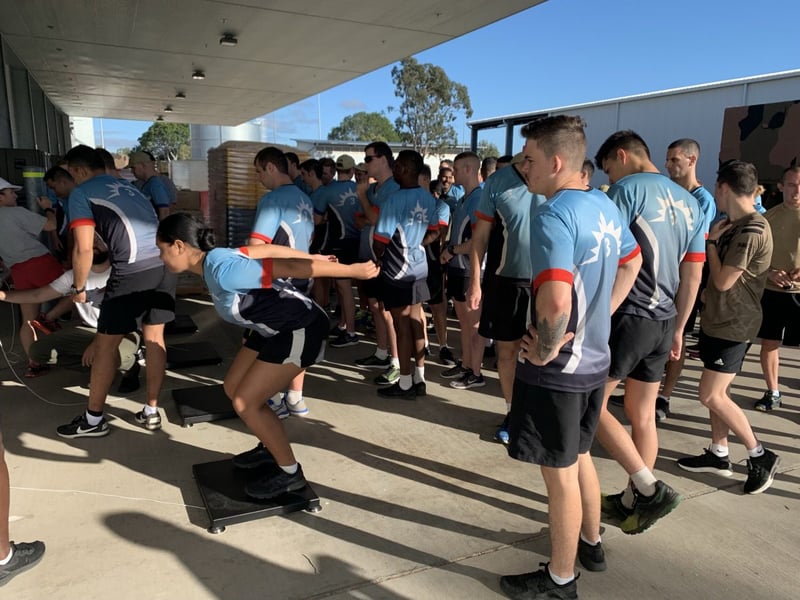
One of the most common questions that we get asked around musculoskeletal health and the desire to improve performance & fitness is “how often should I test?”. The question itself is actually flawed and outdated because of the assumption that there is a standard answer applicable to every person and every situation. While there are many philosophical discussions in academia where you are required to defend both sides of an argument only for the answer to land on “…it depends”, this is not one of them. In this case, there is a clear outline of how to answer this critical question objectively, with data, rather than relying on assumptions.
Different types of data should have different goals associated with their collection. It is important to understand that each of the different assessments can tell us different information. Acute interventions such as adjustments to daily training and recovery protocols are going to require more frequent data collection. If you are interested in identifying fatigue or recovery, more frequent assessment is required because an individual’s recovery status can change dramatically in a short period of time.
If you are going to collect data, you need to be prepared to listen to what the data is telling you. If you are testing with the purpose of identifying an individual’s training or rehabilitation needs, you need to be willing to change their training plan based on the data. Otherwise, what’s the point? We don’t always have to make changes after data collection – sometimes when assessing we will see the improvements we are after, so sticking to the current plan may be the best option! Assessments and data collection should drive decision-making.
This third point is probably the most important question to ask as it tends to trump the others. What is actually doable for you and your team? If you have an organization of 4,000 individuals that need to assess and 2 staff members, it simply isn’t going to be practical to assess all 1,000 individuals every single day. It is important to understand what limitations actually exist in the real world.
First off, everyone should have a baseline test because you cannot decide on the frequency of ensuing test(s) without initial diagnostic values. The subsequent testing frequency is dependent on the individual and a few key areas:
Available & at risk (high risk individuals need frequent re-testing to monitor improvement)
Timing (battle rhythm and/or sport competition schedule requires optimal function at a precise time)
Injured (adaptations are quick in rehabilitation & urgency is high for clearance or pain reduction)
Oftentimes, we get a definitive answer for frequency of testing, which may falsely fill us with conviction, but the answer is just an educated guess masquerading as an insight. A great example of this is in medicine where recovery stages are 6 weeks for nearly every injury. The answer in this case is to test every 5 days, at a minimum. We have found this to be when individuals improve or decline in their movement function. A 5-7 day retest period should be minimally invasive on time since testing should not be time intensive.
If you are operating at a mass scale with high volume of individuals, poor ratios (athlete/warfighter to staff) and/or limited time, the maximum interval between tests is more important and should be far more basic. The answer is rooted in the primary reason for the question…action.
Sports science and technology within warfighter and athlete physical health often gather and collect data but decisions are made without regard to that data.
If someone runs a poor fitness test, does that prompt a change in their ensuing preparation or do we just wait for the next fitness test?
If we collect GPS or heart rate data, does it actually change the nature of practice or individual loading? Or does it just connect trends so graphs/charts look more complete?
So, the ensuing screen or test should be given when the information will change your exercise or rehabilitation to include different exercises/focus, more or less rest, or potentially different time allocations (i.e. less fitness because you are cleared to return to duty or play).
If your team success hinges on a few key individuals, test every week to monitor these linchpins
If you only can change training programs every month due to poor ratios or access to the individual, then test every month
If you wait 6 weeks for surgical scars and/or grafts to heal, then test every 6 weeks
If you are screening recruits for selection within the military or sports there is no retest needed but a decision still needs to be made. A large database can provide you with the context and answers you need, immediately. After all, your retesting frequency decision tree should be all about action, not collection.